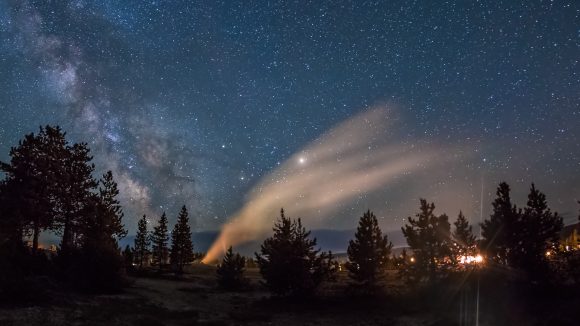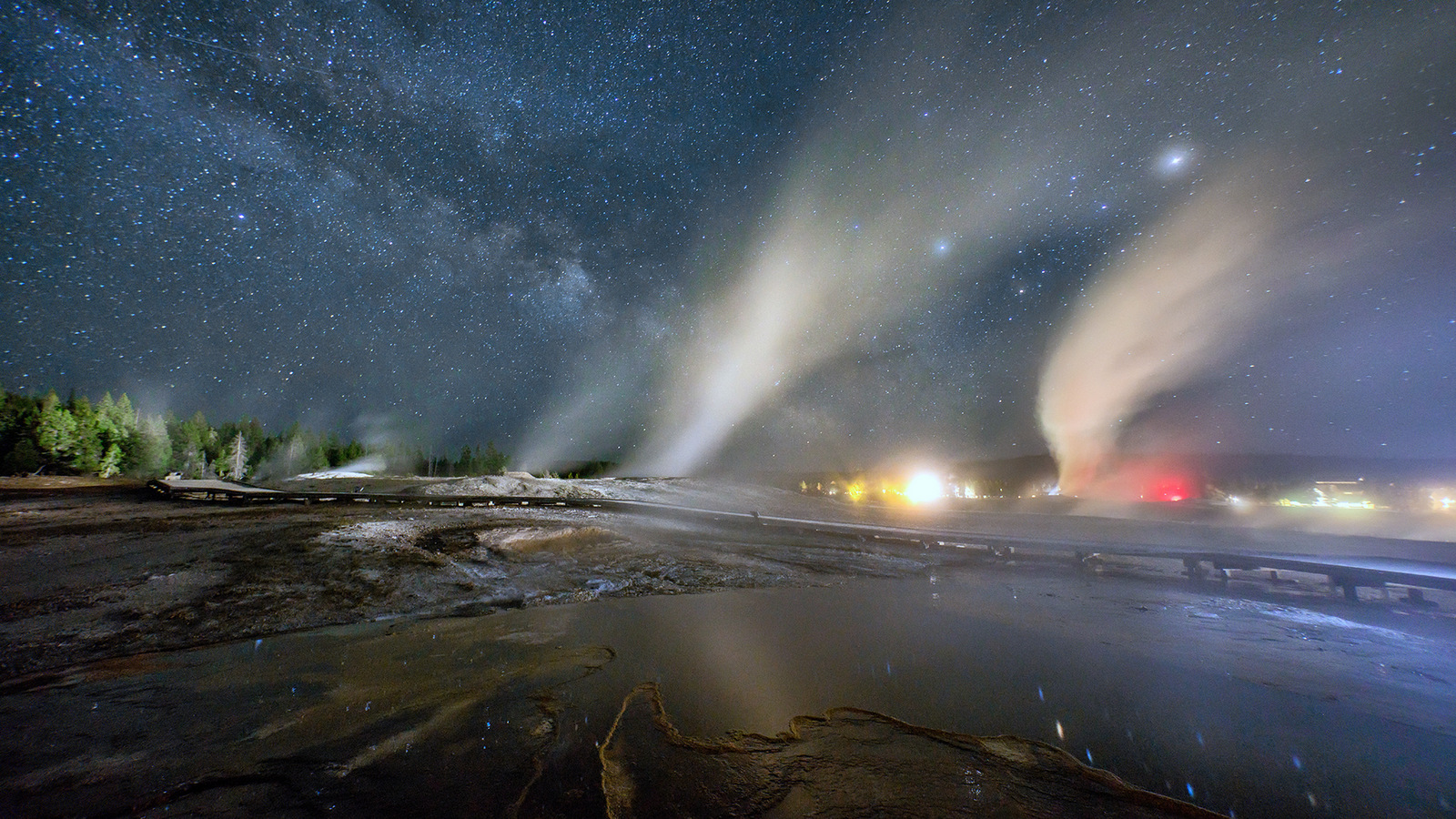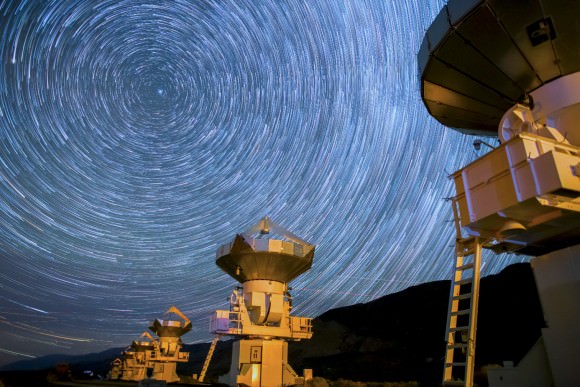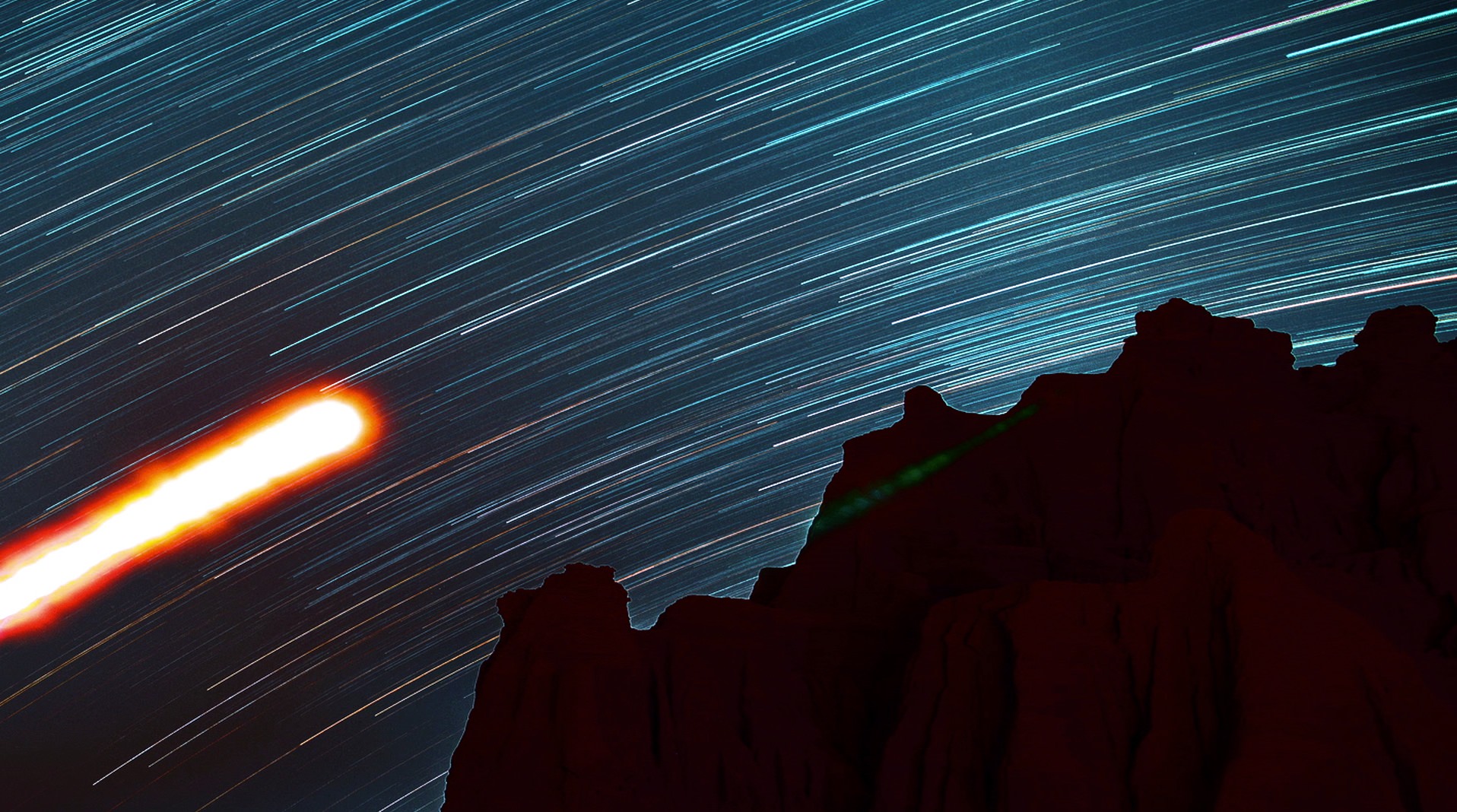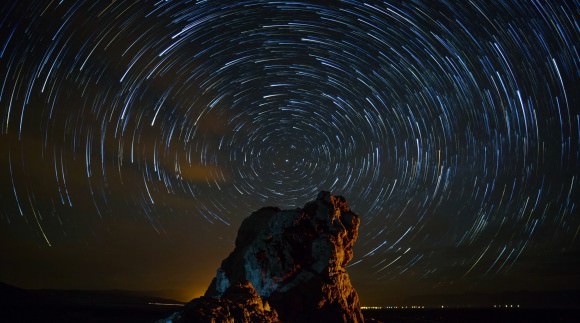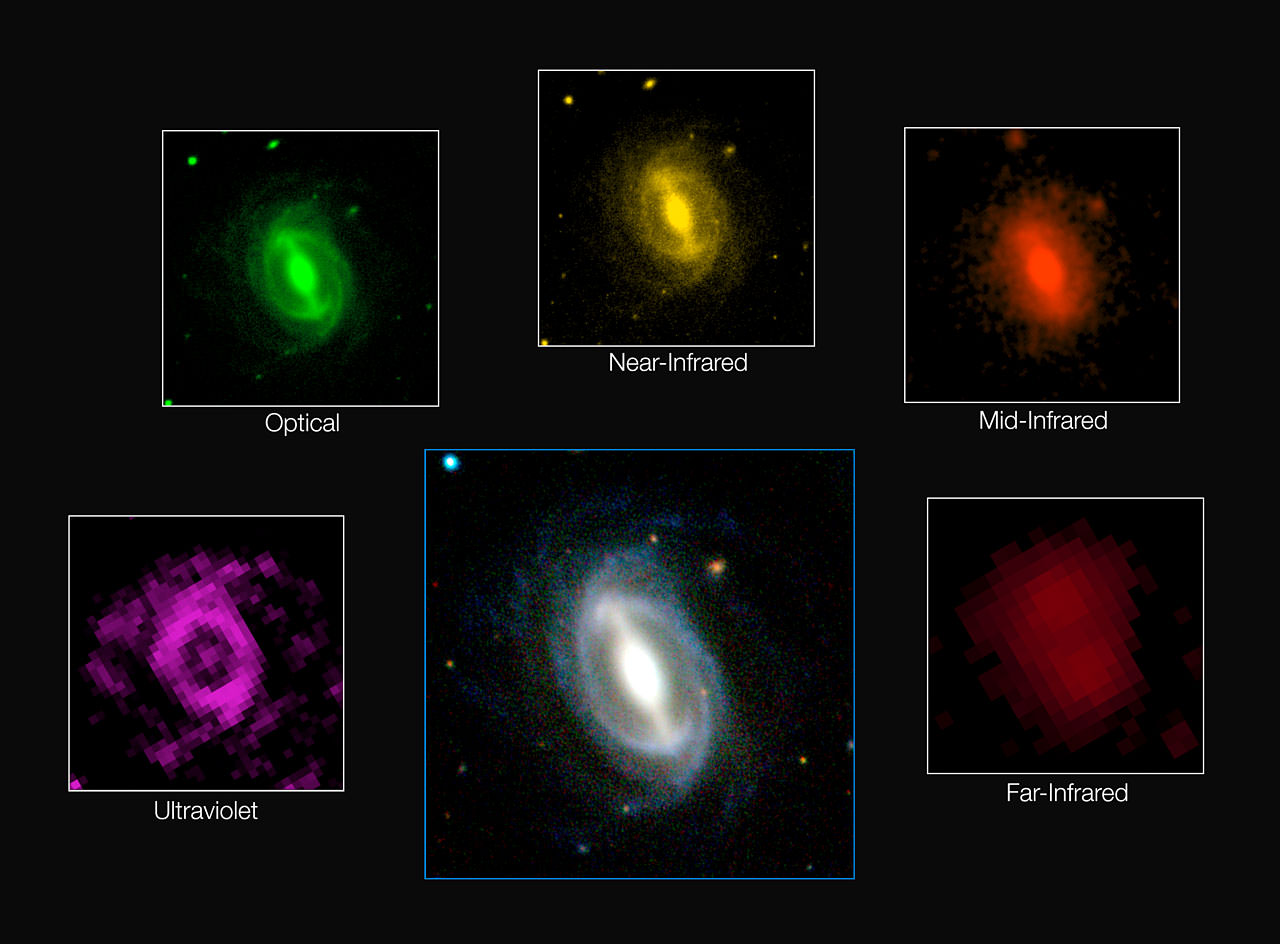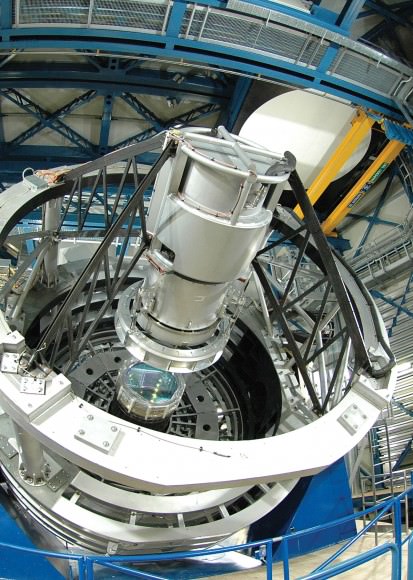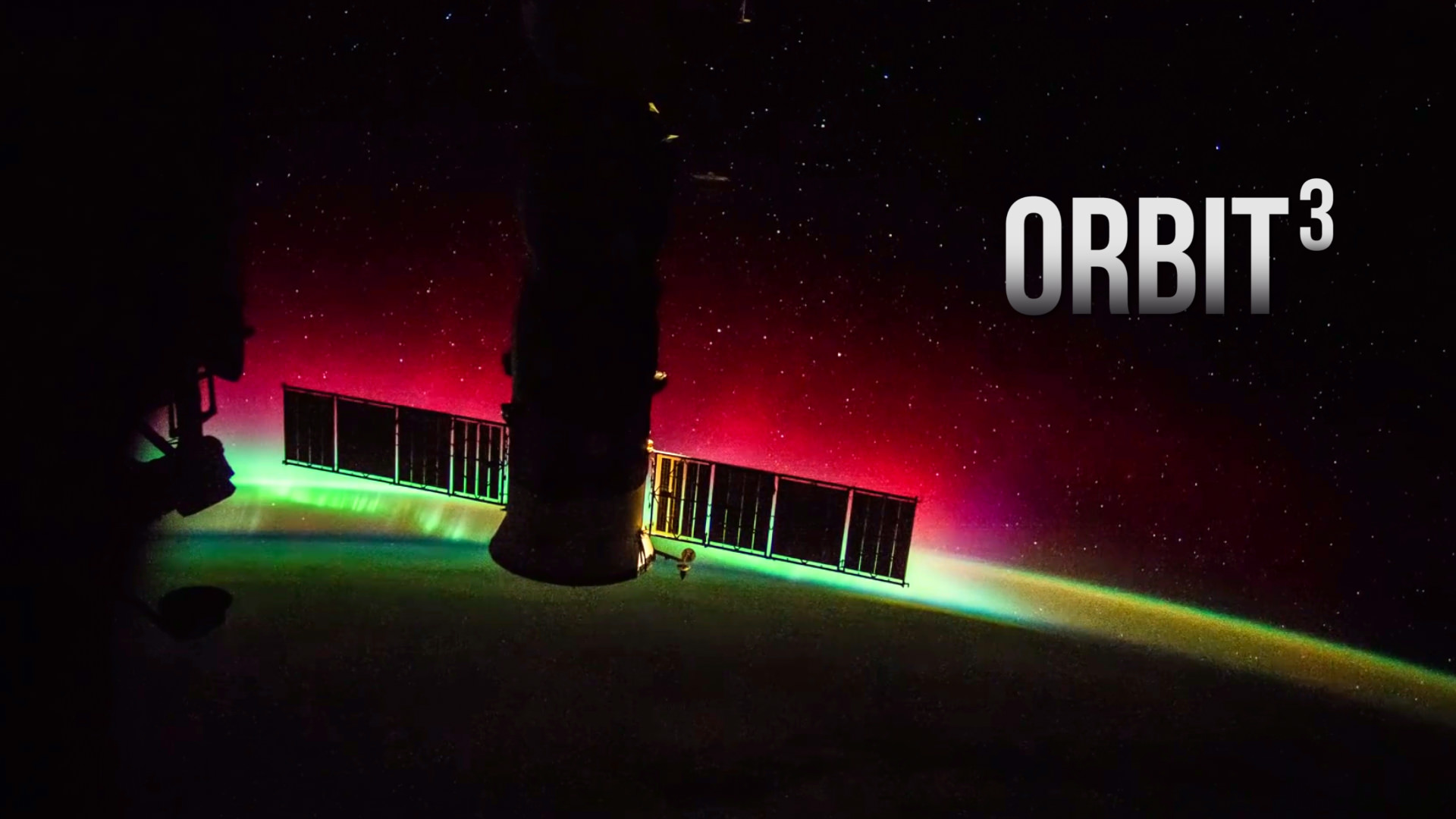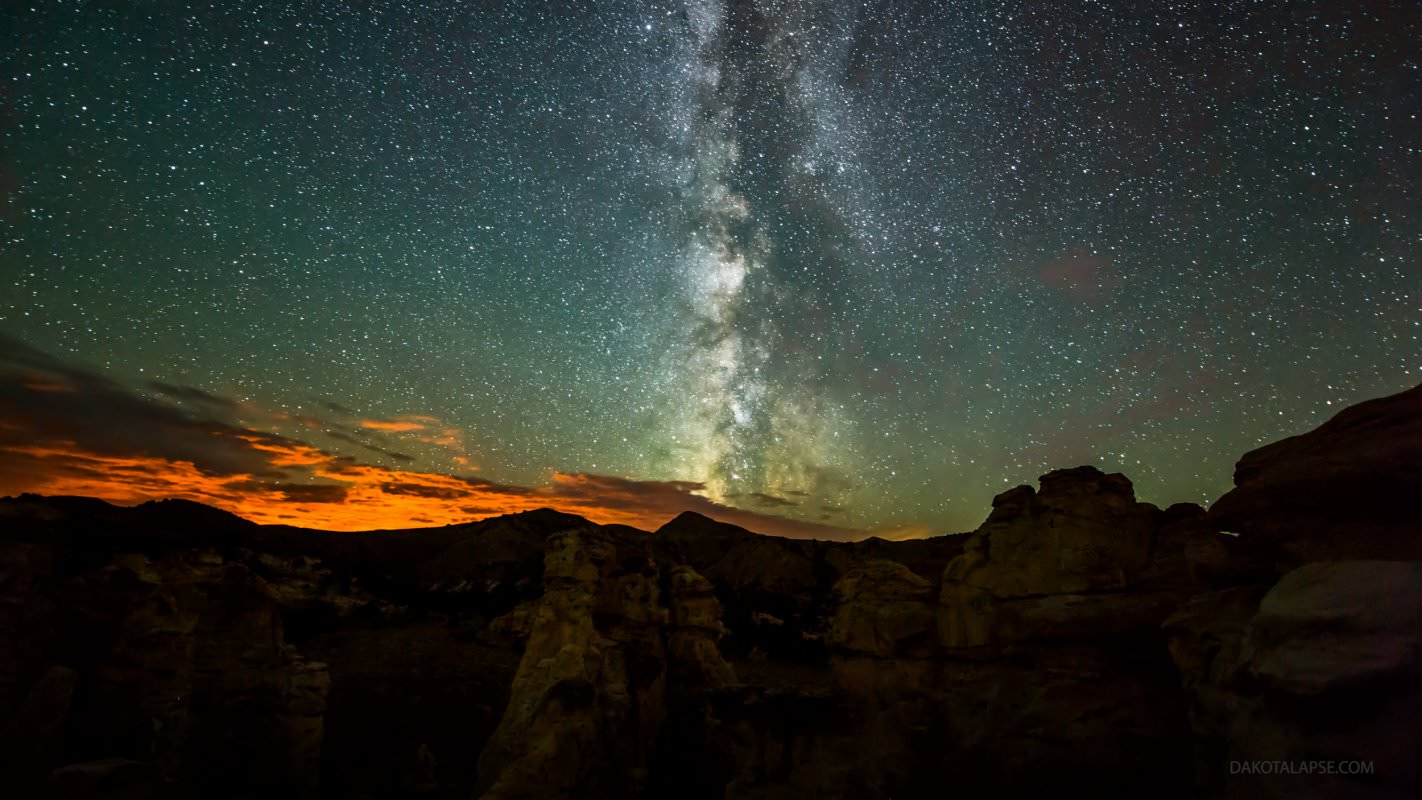Tomorrow, August 25, 2016, the US National Park Service celebrates its 100th anniversary, and the NPS has been celebrating all year with their “Find Your Park” promotion. But the first national park, Yellowstone National Park, was created 144 years ago. Yellowstone is known for its dramatic canyons, lush forests, and flowing rivers, but might be most famous for its hot springs and gushing geysers.
This new timelapse offers you a chance to “find your dark skies” at Yellowstone, and features the many geysers there, showing the dramatic geothermal features under both day and night skies. But the night skies over these geyser explosions steal the show! It was filmed by Harun Mehmedinovicas part of the Skyglow Project, an ongoing crowdfunded project that explores the effects and dangers of urban light pollution in contrast with some of the most incredible dark sky areas in North America.
SKYGLOWPROJECT.COM : HADES EXHALES from Harun Mehmedinovic on Vimeo.
The Skyglow Project works in collaboration with International Dark-Sky Association, a nonprofit organization fighting to educate the public about light pollution and to preserve the dark skies around the world.
Coming up this weekend, you can enjoy free admission to all 412 national parks from August 25-28, 2016. You can “find your park” and read about special events happening all around the country at FindYourPark.com
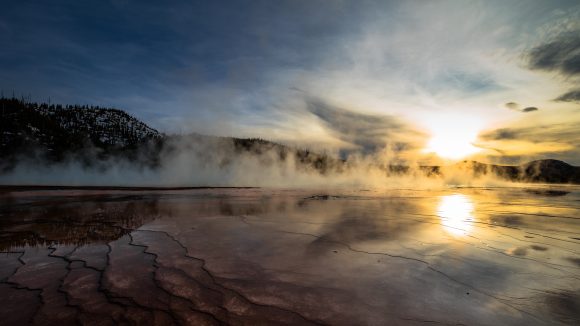
Many thanks to Harun Mehmedinovic and Gavin Heffernan of Sunchaser Pictures for continuing their great work with the Skyglow Project and for sharing their incredible videos with Universe Today. Consider supporting their work, as all donations go towards the creation of more videos and images.
